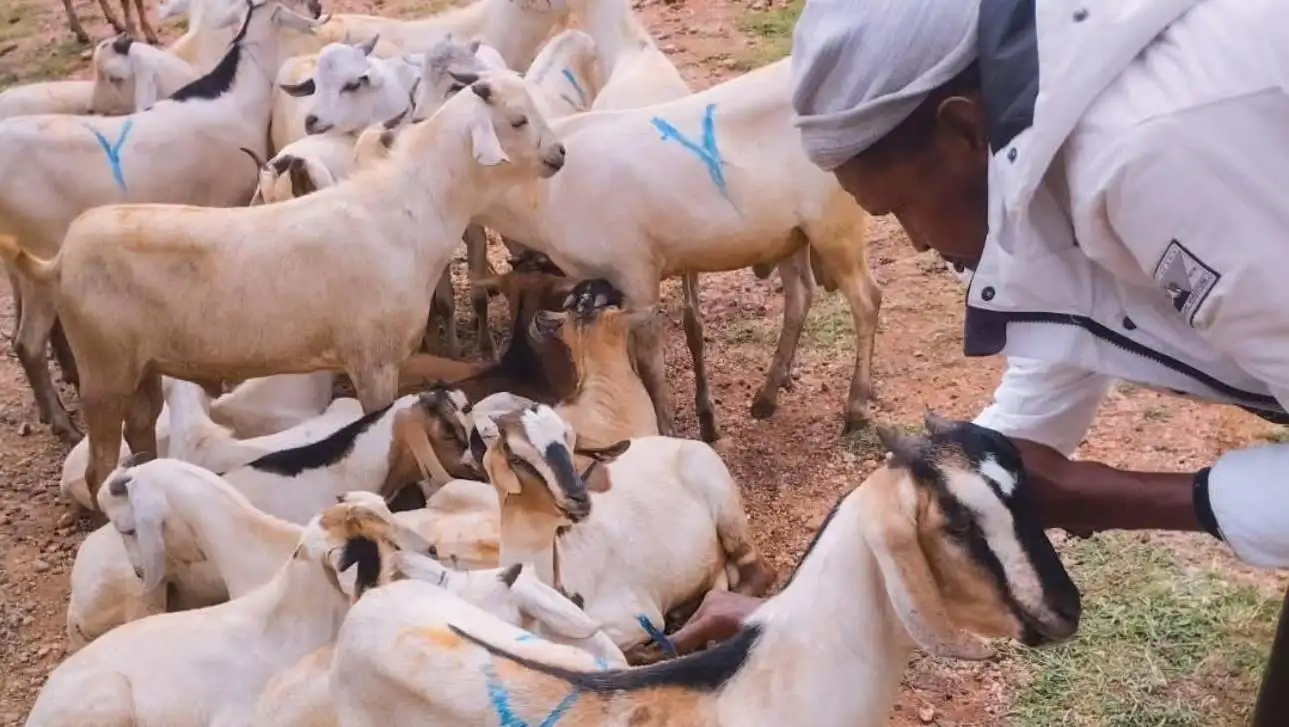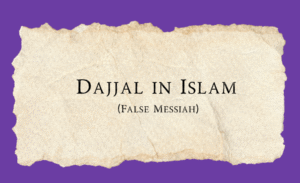Eid al-Adha, known as the “Festival of Sacrifice,” is one of the most significant religious holidays in Islam. It commemorates the willingness of Prophet Ibrahim (Abraham) to sacrifice his son Isma’il (Ishmael) in obedience to Allah’s command. This act of obedience was rewarded by Allah, who provided a ram to be sacrificed in place of Isma’il. To honor this event, Muslims around the world perform the ritual of Qurbani (animal sacrifice) during Eid al-Adha.
The sacrifice is a physical demonstration of submission to Allah and an act of charity. The meat from the sacrifice is shared among family, friends, and the poor, ensuring that the less fortunate can partake in the celebrations.
In this blog, we will guide you through the process of performing the animal sacrifice on Eid al-Adha, detailing the religious significance, practical steps, and guidelines to ensure that the sacrifice is done in a proper, halal, and respectful manner.
1. Understanding the Importance of Qurbani (Sacrifice)
Before diving into the specifics of how to perform the sacrifice, it’s essential to understand the significance of Qurbani. The act of sacrificing an animal is a way for Muslims to demonstrate their obedience to Allah, following the example of Prophet Ibrahim. By performing Qurbani, Muslims are reminded of the importance of sacrifice, faith, submission, and gratitude toward Allah.
Qurbani’s Symbolism: Just as Prophet Ibrahim was willing to sacrifice what was most precious to him in obedience to Allah’s command, the sacrifice of an animal symbolizes Muslims’ willingness to give up what is dear to them in devotion to Allah.
Spiritual Benefits: The act of sacrifice serves as a way to purify one’s wealth, as the meat is shared with the needy, promoting social justice and compassion. The distribution of meat ensures that even those who are less fortunate can partake in the celebrations and benefit from the blessings of Eid al-Adha.
2. Who Is Required to Perform the Sacrifice?
The obligation of performing Qurbani applies to Muslims who meet certain criteria. Here are the key factors to consider:
Financial Capability: The sacrifice is obligatory for every adult Muslim who is financially able to afford it. This includes those who have sufficient savings or income above their basic needs. The minimum threshold is determined by the amount of wealth one possesses (often referred to as “Nisab”).
The Concept of Sacrifice in Islam: The sacrifice is not merely about the physical act but about fulfilling a religious duty, purifying one’s wealth, and increasing one’s devotion to Allah. Even if one is unable to carry out the sacrifice themselves, many Muslims choose to donate to charitable organizations that perform the sacrifice on their behalf.
Eligible Animals for Sacrifice: The animals eligible for Qurbani are typically sheep, goats, cows, and camels. The selection of the animal depends on the financial means and the specific guidelines set by Islamic law.
3. When to Perform the Sacrifice
The sacrifice must be performed on the 10th, 11th, or 12th of Dhu al-Hijjah, the Islamic month during which Eid al-Adha takes place. The first day of Eid, the 10th of Dhu al-Hijjah, is the most significant day for performing the sacrifice, but it can be done on the following two days as well.
Time Frame: The sacrifice should be completed before the Eid al-Adha prayer on the 10th day. While the exact time can vary depending on local customs and practices, it’s essential to ensure the sacrifice is completed within the three days of Eid al-Adha.
Guidelines for Sacrifice Timing: The animal should be sacrificed after the Eid prayer, which takes place after sunrise and before midday. It is important to ensure that the ritual is performed within the prescribed time frame to fulfill the religious obligation.
4. Selecting the Right Animal for Sacrifice
Selecting the right animal is a crucial part of performing the sacrifice correctly. The animal must meet certain criteria, both in terms of its health and age, to ensure that it is fit for sacrifice according to Islamic guidelines. Age and condition of the animal should be as follows:
- Sheep and Goats: Must be at least one year old.
- Cows and Buffaloes: Must be at least two years old.
- Camels: Must be at least five years old.
- Animals that are too young or too old are not acceptable for sacrifice.
Health of the Animal: The animal should be healthy, free from defects, and in good condition. Animals that are blind, lame, sick, or suffering from severe injuries should not be sacrificed. Islam encourages the humane treatment of animals, and the sacrifice should only be performed if the animal is healthy and free from distress.
Choosing an Animal: Depending on your financial situation, you may opt for a sheep, goat, cow, or camel. Sheep and goats are more affordable and common, especially for individuals or small families. Cows and camels may be sacrificed collectively in some regions, as their meat can be shared among a larger group of people.
5. Preparing for the Sacrifice
Proper preparation is essential to ensure that the sacrifice is done in a humane, respectful, and efficient manner. Here are the steps you need to follow when preparing for Qurbani:
Ensuring the Animal’s Welfare: Before the sacrifice, make sure the animal is well cared for. Provide it with food and water and ensure that it is not subjected to undue stress. Islam emphasizes treating animals with kindness and respect.
Selecting a Suitable Location: The sacrifice should be carried out in a clean and secure environment, such as a backyard, a farm, or an area designated for slaughter. The area should be well-ventilated, and the animal should be calmly led to the sacrifice spot. It is preferable to have a knowledgeable individual perform the sacrifice.
Necessary Tools and Equipment: You will need a sharp knife or blade to ensure a clean and swift slaughter. The tool should be free from defects and should be sharp enough to minimize any pain to the animal.
6. How to Perform the Sacrifice
Performing the sacrifice is a sacred act and should be carried out in accordance with Islamic guidelines to ensure that it is done properly. Below are the key steps to perform the animal sacrifice correctly:
Intention (Niyyah): Before starting, it’s important to make the intention (niyyah) that you are performing the sacrifice for the sake of Allah. This intention should be made mentally and verbally, expressing that the sacrifice is being done as an act of worship.
Facing the Qibla: The animal should be positioned facing the Qibla (the direction of the Kaaba in Mecca), as this is the direction of prayer for Muslims.
Saying “Bismillah, Allahu Akbar”: Before slaughtering the animal, you should say “Bismillah, Allahu Akbar” (In the name of Allah, Allah is the Greatest). This is an important invocation that signifies the sacrifice is being performed in Allah’s name.
The Slaughtering Process: The animal’s throat, windpipe, and blood vessels should be cut swiftly and with precision. The goal is to allow the animal to bleed out quickly, causing as little pain as possible. The sacrifice should be done by a trained individual, as this ensures a quick and humane death.
Allowing the Animal to bleed: After the slaughter, the animal should be left to bleed out completely. This is a crucial part of the sacrifice, as it ensures the meat is permissible (halal) to eat.
7. Post-Sacrifice Guidelines
After the animal is sacrificed, there are several steps to follow to ensure that the process is complete:
Skinning and Butchering: The animal can be skinned, butchered, and prepared for cooking. If you are not familiar with the butchering process, it is advisable to hire a professional butcher or to contact your local halal slaughterhouse for assistance.
The meat should be divided into three portions:
- One-third for the family performing the sacrifice.
- One-third for friends and relatives.
- One-third for the poor and needy. This ensures that those who are less fortunate can enjoy the blessings of Eid al-Adha.
The meat can also be distributed to local mosques, orphanages, and community organizations that serve underprivileged populations.
Cooking and Sharing the Meat: The meat can be prepared in various ways, depending on local culinary traditions. Many Muslims prepare special Eid dishes such as kebabs, roasts, and stews, and share them with loved ones. This reflects the communal spirit of the holiday.
8. Charity and Community Involvement
While the sacrifice itself is an important ritual, sharing the meat with the less fortunate is equally vital. Eid al-Adha encourages charity and the redistribution of wealth. Many Muslims also choose to donate money to charity, ensuring that those who cannot afford a meal on Eid are able to partake in the celebration.
In addition to local charity, many people opt to donate to international organizations that perform the Qurbani on their behalf in countries where poverty is widespread. Organizations like Islamic Relief, Oxfam, and the Red Crescent often have Qurbani programs to ensure that meat is distributed to communities in need.
Sacrifice on Eid al-Adha: A Noble Act of Devotion and Charity
The act of sacrificing an animal on Eid al-Adha is a deeply significant and noble tradition. It serves as a reminder of the willingness of Prophet Ibrahim to submit to the will of Allah and as an expression of devotion, sacrifice, and gratitude. By following the guidelines for performing Qurbani, Muslims can ensure that the sacrifice is conducted in a respectful, humane, and religiously sound manner. The benefits of the sacrifice extend beyond the ritual itself, contributing to charity, community unity, and social responsibility.
Eid al-Adha is not only a celebration but a time to renew one’s commitment to faith, generosity, and compassion. By sharing the blessings of the sacrifice with others, Muslims worldwide strengthen their bond with Allah and their fellow human beings.






